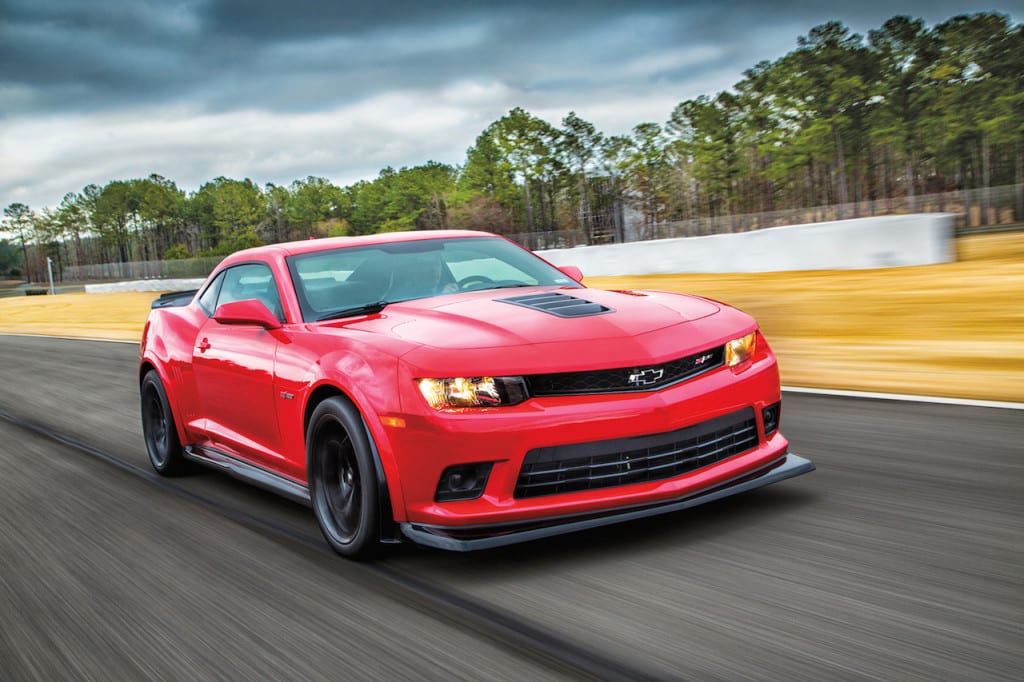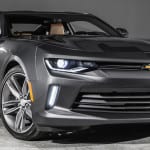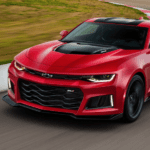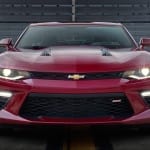Chevrolet dealers play host to a muscle car that has been a performance favorite for nearly 50 years: the Camaro. It has a long, rich history filled with fascinating details.
From a last minute name change the year it was introduced to its famous Transformers appearance in 2007, the Camaro has been on some wild rides.
Care to take a walk down memory lane to revisit some of the coolest things about Camaros of the past and present?
The Name Game
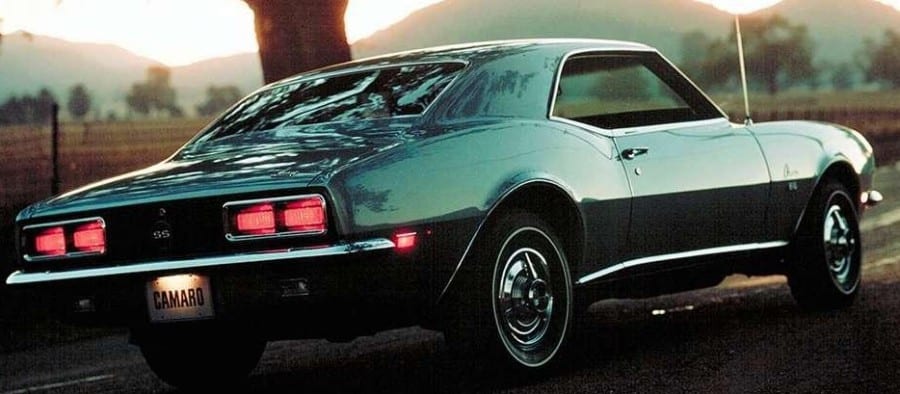
The Camaro was first created as a direct competitor for the Mustang. Chevy wanted to make a muscle car that could blow Ford’s entry right off the map.
They certainly did, but the beast they designed almost had a completely different name. The Camaro was originally code-named the Panther, and Chevy went so far as to prepare badging with that title on it.
However, the name was altered at the last minute. It’s not surprising that it was changed to a title beginning with “C.” So many Chevy favorites from the past carried monikers that started with the same letter, including the Corvair, Chevelle, and Corvette.
When asked about the meaning of the Camaro’s name, Chevy representatives defined it for the press as “a small, vicious animal that eats Mustangs.”
On a more literal note, many sources suggest that the name, Camaro, was actually found by Chevy designers in a French/English Dictionary. In French, Camaro translates to “friend.”
A Wagon?
At the start, Chevy toyed with releasing the Camaro in several different body styles, including a station wagon and a fastback. However, as plans progressed, they narrowed it down to the coupe and convertible to keep costs low.
The Camaro’s ultimate 1967 design was influenced by that of Chevy’s extremely popular Nova, and the first Camaros even shared many of their chassis elements with the Nova.
The Good Old Days
The base price of a new 1967 Camaro was $2,466. Though that might seem like a small number today, it was a pretty penny back then. But it is hard to imagine ever being able to buy a Camaro for a few grand.
Horsepower Then and Now
The original Camaro’s standard straight-6 engine delivered 140 horsepower. That’s a far cry from the 323 horsepower furnished by the current model’s V6.
And if you want to widen the gap even more, just think about the 580 horsepower available in the 2015 Camaro ZL1. Performance cars have come a long way baby.
1969 Jackpot
Of all the first generation models, the 1969 Camaro had the highest sales volume. It had been given a makeover both inside and out, and fans loved it. Nearly 250,000 units were sold.
The numbers were unbelievable, especially considering that the model itself had only been introduced a few years before.
It was nicknamed “the hugger” and was designed specifically to target young buyers. A longer, lower body, a brand new grille and bumpers, a revised rear end, round parking lights, and two-tone paint gave it a totally fresh look.
Indy 500 Fame
The Camaro set a record for being the first official Indy 500 pace car two times in the first three years it was produced. Since its introduction, it has been selected eight times in total.
Special lookalikes of the pace cars were also created for early races. They were driven by important race officials and then sold to the public as used models after.
The Number Game
Have you ever wondered how specific Camaro models like the Z/28 or the ZL1 got their digits? They are actually among the list of Chevys named for their Regular Production Option RPO codes.
Chevy uses RPO codes to indicate that a car has a specific option or modification. In vehicles with mods that really defined them, Chevy went ahead and used RPO codes as names. And those names have been revived and reused along the way.
The Original Z/28
Though you might think that today’s Camaro Z/28 is the first to wear the name, that’s not the case. The title goes way back to the first year the Camaro was produced.
It was a performance version of the beefy Chevy that was thought up by the company’s renowned head of performance, Vince Piggins.
At the time, there was a lot going on in the racing world, and the SCCA had instated a rule limiting all competition cars to engines with a 305-cu. in. maximum.
Though the standard Camaro came with a larger engine than that, Piggins had a brilliant solution. He found a way to modify the engine so it came in just under the limit.
And he put together a special package that included front disc brakes, an enhanced suspension, racing stripes, and more.
Throughout the whole process, the track-ready car remained unnamed, but when it got down to the wire, someone suggested they simply roll with the RPO code: Z/28.
The optional package cost $385 at the time and gave speed lovers exactly what they were looking for.
The Z/28 name, with and without the slash, popped up again here and there throughout the decades. One of its most successful comebacks was in the late ’70s. The 1977 Camaro Z28 sold like crazy, beating out Mustang sales for the first time.
But no reincarnation has caused as much excitement as the most recent one. The Z/28’s 2014 return brought with it absolute reverence from muscle car fanatics.
Its smoking hot looks and heart-racing performance are stunning. As Lawrence Ulrich of the New York Times put it: “the company has developed a car that vividly evokes the spirit of the original.”
The Roots of the ZL1
Chevys ZL1 engine was created solely for use on the track, and it was never supposed to end up in a production vehicle.
However, that all changed when one clever dealer talked Vince Piggins into putting the engine into models for the showroom floor.
It was done using Chevy’s Central Office Production Order (COPO) process, a system that dealers could use to order cars with special options.
With a little bit of finagling, the ZL1s were made and shipped to the dealership. They were the fastest cars in Chevy history and remained so for a long time.
However, their special build upped the price sticker, and for that reason, not a lot of the hyped up muscle cars sold.
So when it came to naming a modern Camaro with outrageous enough speed to blow the mind of any driver, Chevy decided there was only one title that would do: the ZL1.
Making its latest debut in 2012, the Camaro ZL1 was resurrected and given a supercharged V8. The 2015 model offers 580 horsepower and sprints from 0-60 in under 4 seconds. The ZL1 has returned.
Bumblebee
The Camaro was put to rest in 2002, but its unexpected return in 2007 definitely deserved a lot of points for swagger.
Before a new production version of the Camaro was even ready, the car appeared in the first of the Transformers movie series as the character Bumblebee.
A one-time version of the car had to be created for the film, and designers used existing concepts for the upcoming 2010 model to get the job done.
The role was a perfect match as the Camaro was well known for its bumblebee nose stripe back in the day. The stripe was originally offered on the Camaro in 1967 as part of the SS package.
The Big Return
When the Camaro made its comeback for 2010 after a several-year hiatus, it was transformed. It was even named the World Car Design of the Year.
As Edmunds wrote in their review: “It was well worth the wait.” The fresh but retro styling, exceptional acceleration, and reasonable pricing placed Chevy’s remarkable muscle car on the map once again.
